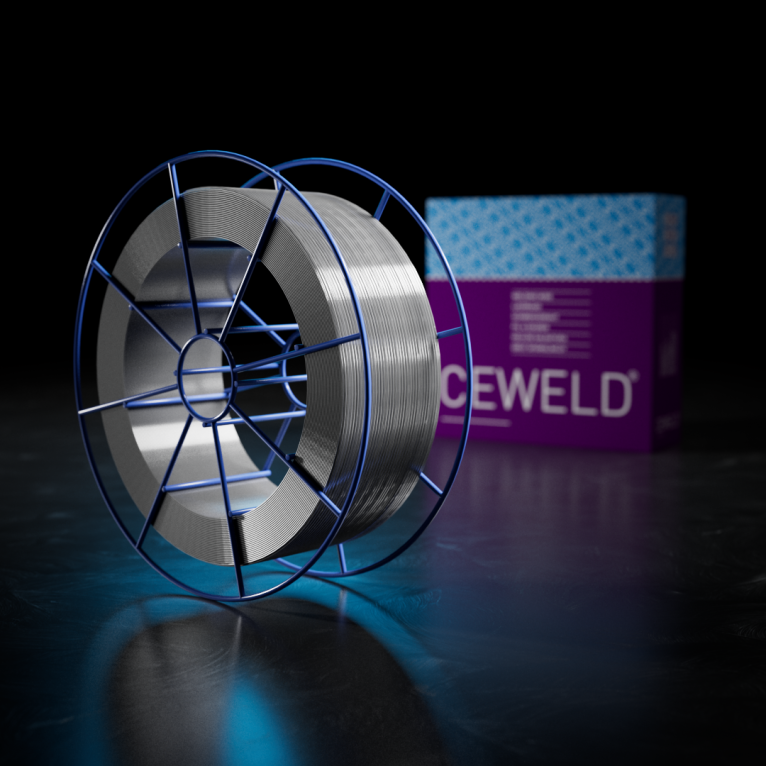Stainless Steel: H-types vs L-types
Stainless steel, is an alloy characterized by it’s excellent resistance to corrosion. The various properties of stainless steel are determined by the addition of different alloying elements, including chromium, nickel, molybdenum, and carbon. Within the spectrum of stainless steel types, H-types (High Carbon Content) and L-types (Low Carbon Content) play a crucial role, and understanding these categories is essential when selecting the right material for specific applications.
H-types typically contain a higher carbon content, often between 0.04% and 0.08%. The higher carbon content contributes to improved mechanical properties, such as tensile and creep strengths, especially at higher temperatures.
These types are ideal for applications involving elevated temperatures, such as industrial ovens, boilers, and heat exchangers. The enhanced strength makes them suitable for situations with thermal loading.
AISI 304H, AISI 316H, AISI 321H are examples of H-types and are often used in demanding environments such as the chemical industry and power generation.
Compatible filler materials include CEWELD 308H, CEWELD 316H, CEWELD 347H.
L-types, on the other hand, have a lower carbon content, typically up to 0.04%. The lower carbon content minimizes carbide formation, resulting in improved corrosion resistance and reduced susceptibility to intergranular corrosion.
L-types are particularly suitable for applications where corrosion resistance is of primary importance, such as in the chemical industry, food processing, and maritime applications.
AISI 304L, AISI 316L, AISI 321L are examples of L-types commonly used in construction, medical equipment, and the food processing industry.
Compatible filler materials include CEWELD 308LSi, CEWELD 316LSI, CEWELD 347Si.




When selecting the right type of stainless steel, engineers need to consider various factors, including environmental conditions, mechanical properties, and the required corrosion resistance. The choice between H- and L-types depends on the specific demands of the application, and a thorough understanding of these variants aids in making informed material selections across diverse industries and applications.